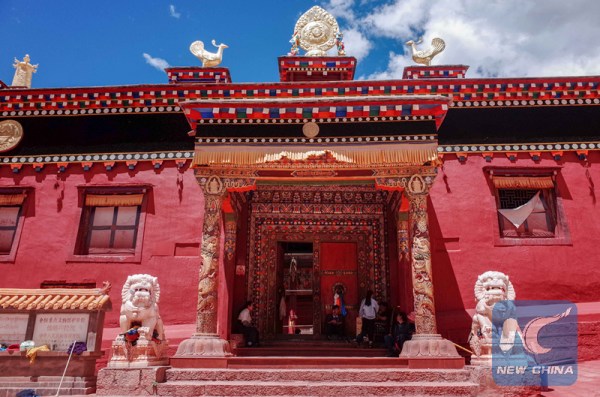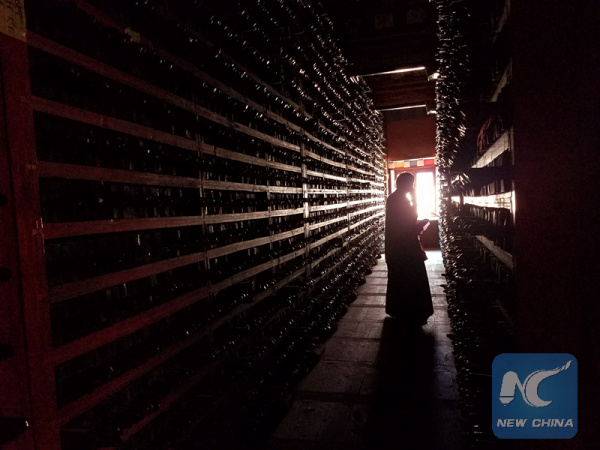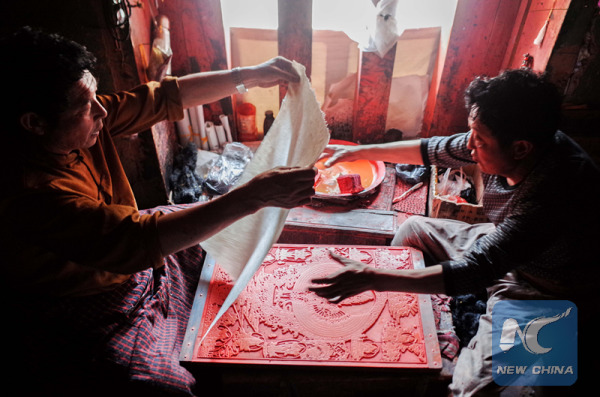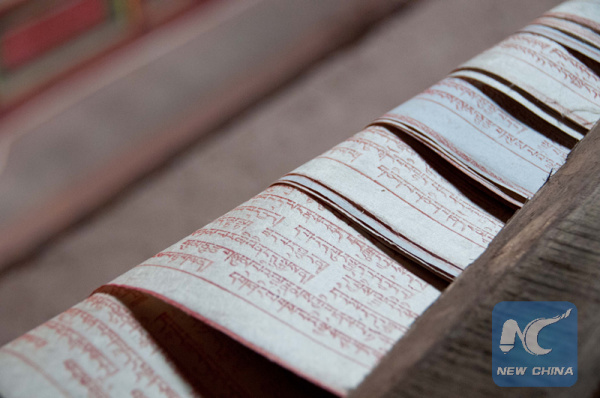
China's largest Tibetan sutra-printing house, located in Dege County, Sichuan province, will have its own museum to exhibit and preserve the centuries-old wooden printing blocks, local cultural officials said.
The museum will be near Dege Sutra-Printing House, the largest of its kind in China, which has 320,000 Tibetan sutra printing blocks.

"The blocks are stacked up to the roof, the over-crowding is a fire risk," said Yang Sheng, vice director of Kamba Culture Institute in the Tibetan Autonomous Prefecture of Garze, Sichuan.
The three-story wooden structure was built in 1729, and it has no electricity, he said.
The new 10,000-sq-meter museum will be built in 2018, thanks to state funding of 80 million yuan (about 12 million U.S. dollars).

It will house some of the blocks and there will be space to exhibit materials related to the engraving, printing, and paper-making for traditional sutra-printing. Digital archives of the printing blocks will also be available.
"The museum will introduce visitors to the history and culture of Tibetan sutra-printing," he said.
The printing house boasts a vast collection including classic literature across the five major schools of Tibetan Buddhism -- Nyingmapa, Sakyapa, Kagyu, Bonpo and Gelug.

Preservation work has been stepped up at the facility in recent years, Yang said.
More than five dozen craftsmen hand-craft new wooden blocks of the Buddhist Tripitaka, a treasured collection that records the words and deeds of Shakyamuni, the founding father of Buddhism.
"Carving the board is quite time consuming, even a skilled craftsman can only make seven blocks a month," said Yang, adding that Dege government had promised to recruit more craftsmen.
The facility attracts 60,000 Buddhist devotees and visitors every year, and it expects more.
An airport is under construction near the county. Starting from next year, the trip from Chengdu, capital of Sichuan, to Dege will be shortened from a two-day drive to a two-hour flight.


















































